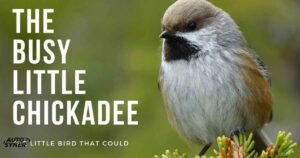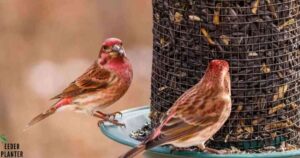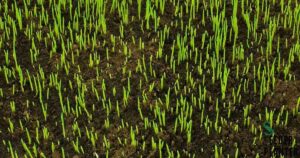Planting poppy seeds can transform your garden into a vibrant display of color, attracting pollinators like bumblebees and butterflies while adding beauty to your outdoor space. In this comprehensive guide, we’ll explore when to plant poppy seeds, the best growing conditions, and essential care tips to ensure your wildflower garden flourishes.
When to Plant Poppy Seeds
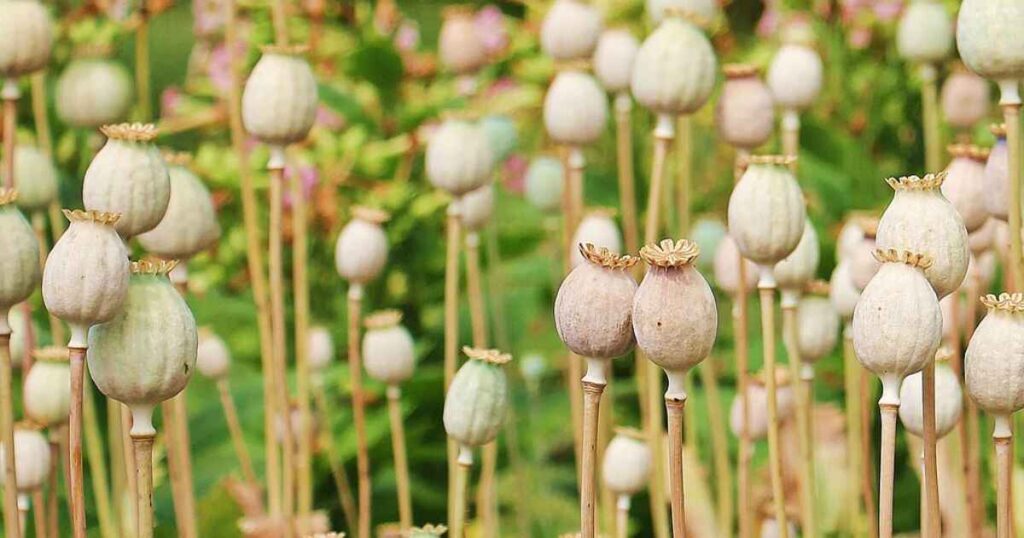
Timing is crucial when it comes to planting poppy seeds. Here’s a breakdown of the optimal planting times:
Spring Planting
- Ideal Time: Late March to early May, depending on your location.
- Temperature: Poppy seeds germinate best when soil temperatures reach between 55°F and 68°F.
- Method: Lightly scatter seeds on prepared soil and gently rake to cover them with a thin layer of soil. Watering the seeds lightly helps with germination.
Autumn Planting
- Ideal Time: Late September to October.
- Benefits: Autumn planting allows the seeds to experience natural cold stratification, which can improve germination rates in spring.
- Method: Similar to spring planting, scatter the seeds on the surface of prepared soil and cover lightly. The winter chill will help prepare them for spring growth.
Where Do Poppies Grow Best?
Poppies thrive in specific conditions. Here’s what to consider for creating the perfect wildflower meadow:
Soil Preparation
- Well-Draining Soil: Poppies prefer sandy or loamy soil with good drainage. Heavy clay soils can lead to root rot.
- pH Levels: Aim for a slightly acidic to neutral pH (between 6.0 and 7.0).
- Nutrient-Rich: Incorporate organic matter like compost to enrich the soil.
Sunlight Requirements
- Full Sun: Poppies are sun-loving plants that require at least 6 hours of direct sunlight each day. Choose a location that receives ample light.
Wildlife-Friendly Patch
Creating a wildlife-friendly patch encourages biodiversity. Here’s how to attract beneficial wildlife:
- Choose Native Species: Plant native wildflower species alongside poppies to create a rich ecosystem.
- Provide Shelter: Incorporate shrubs or grasses to offer habitat for insects and small animals.
Flowering Period and Care
Poppies have distinct flowering periods, and knowing when they bloom is essential for planning your garden. Here’s what you should know:
Poppy Bloom Time
- Varieties: Different poppy species bloom at various times. For instance, California poppies typically bloom from late spring to early summer, while Oriental poppies flower in early summer.
- Duration: Most poppy flowers last for 2 to 3 weeks. Consider planting multiple varieties for extended bloom times.
Wildflower Care Tips
Proper care ensures your wildflower garden thrives:
- Watering Seeds: Water gently after planting to keep the soil consistently moist, but avoid overwatering. Once established, poppies are drought-tolerant.
- Weed Control Methods: Regularly check for weeds, especially during the early growth stages. Hand-pulling or using mulch can help suppress weeds without harming poppy plants.
- Removing Weeds: Make it a habit to remove any competing plants to give poppies the best chance to flourish.
Growing Wildflowers: Attracting Pollinators
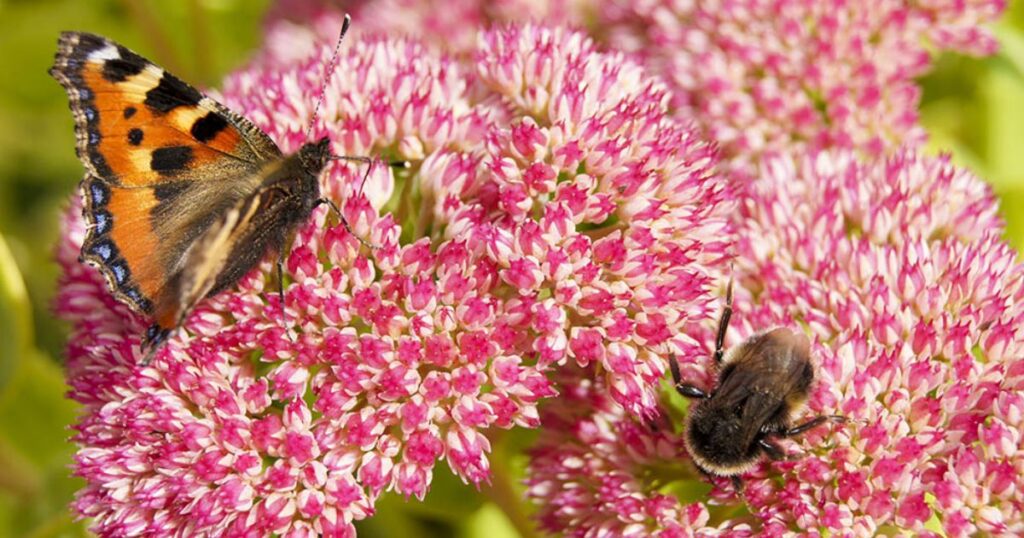
A wildflower garden is incomplete without its vital pollinators. Here are some tips for creating a garden that attracts wildlife:
- Diverse Planting: Include a variety of wildflower species to attract a broad range of pollinators.
- Plant in Clusters: Grouping flowers together can help attract more wildflower pollinators.
- Avoid Chemicals: Use organic methods to control pests to create a safe environment for wildlife.
Summary
Planting poppy seeds can enhance your garden’s beauty while supporting local ecosystems. Remember to focus on the right timing, preparation, and care to ensure successful growth. Here’s a quick recap:
| Aspect | Spring Planting | Autumn Planting |
| Ideal Time | Late March to Early May | Late September to October |
| Soil Temperature | 55°F – 68°F | Cold stratification helps |
| Sunlight Requirement | Full sun | Full sun |
By understanding the flowering period, providing the right soil preparation, and adopting effective weed control methods, you can create a stunning wildflower garden filled with self-seeding flowers.
With these insights, you’re ready to dive into the exciting world of wildflowers. Nature is just a seed away—get planting today!
Frequently Asked Question
What is the best time to plant poppy seeds?
The best time to plant poppy seeds is in late March to early May for spring planting or in late September to October for autumn planting. This timing ensures optimal germination and blooming conditions for your wildflower garden.
Are all poppy seeds edible?
Yes, most poppy seeds are edible and commonly used in cooking and baking. However, seeds from some varieties, like the opium poppy, should be avoided due to their potential psychoactive properties.
How long do poppy seeds take to grow?
Poppy seeds typically take 7 to 14 days to germinate, depending on the soil temperature and moisture levels. Once established, the plants will bloom in about 60 to 90 days.
Where do poppy seeds grow best?
What season do poppies grow?
Poppies primarily grow in spring, with the best planting times being late March to early May. However, autumn planting can also be beneficial as it allows seeds to undergo natural cold stratification for improved spring germination.
conclusion
The ideal time to plant poppy seeds is either in the spring, from late March to early May or in the autumn, around late September to October. By choosing the right season for planting, you can ensure optimal germination and a vibrant display of poppies in your garden, enhancing its beauty while attracting beneficial wildlife.

I am Alexander James, a seasoned professional with 4 years of expertise, brings passion and skill to every project. Elevate your experience with my knowledge and creativity.
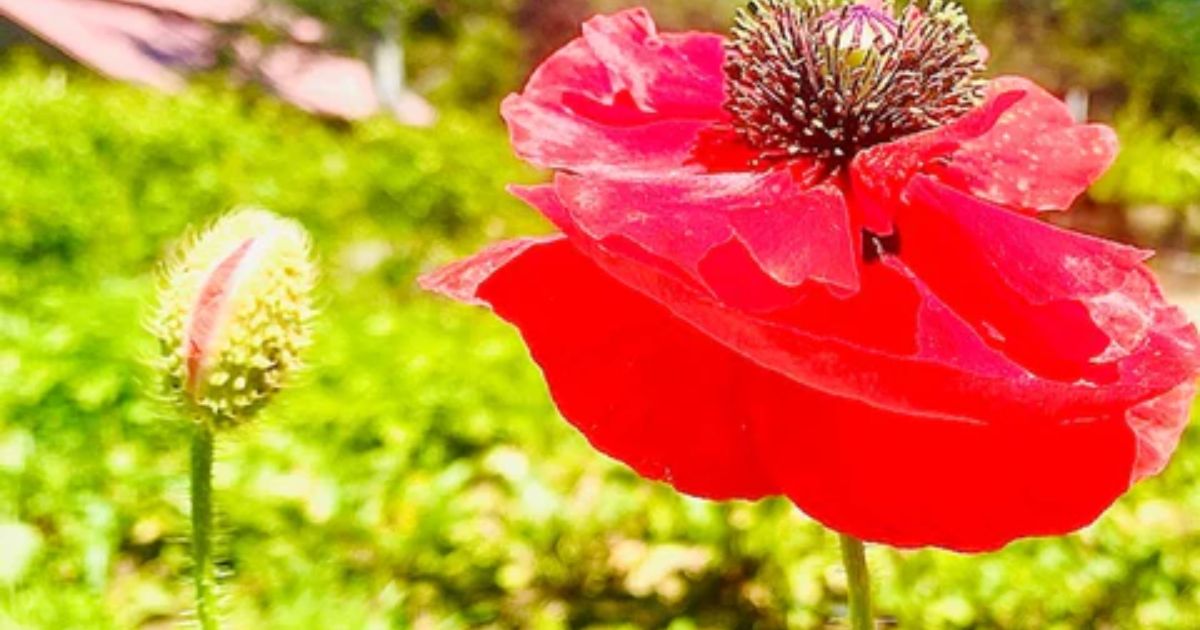

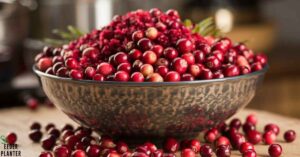
![Hollyhock Seeds: The Complete Guide to Success [2024]](https://seederabout.com/wp-content/uploads/2024/10/Hollyhock-Seeds-The-Complete-Guide-to-Success-2024-300x157.jpg)
